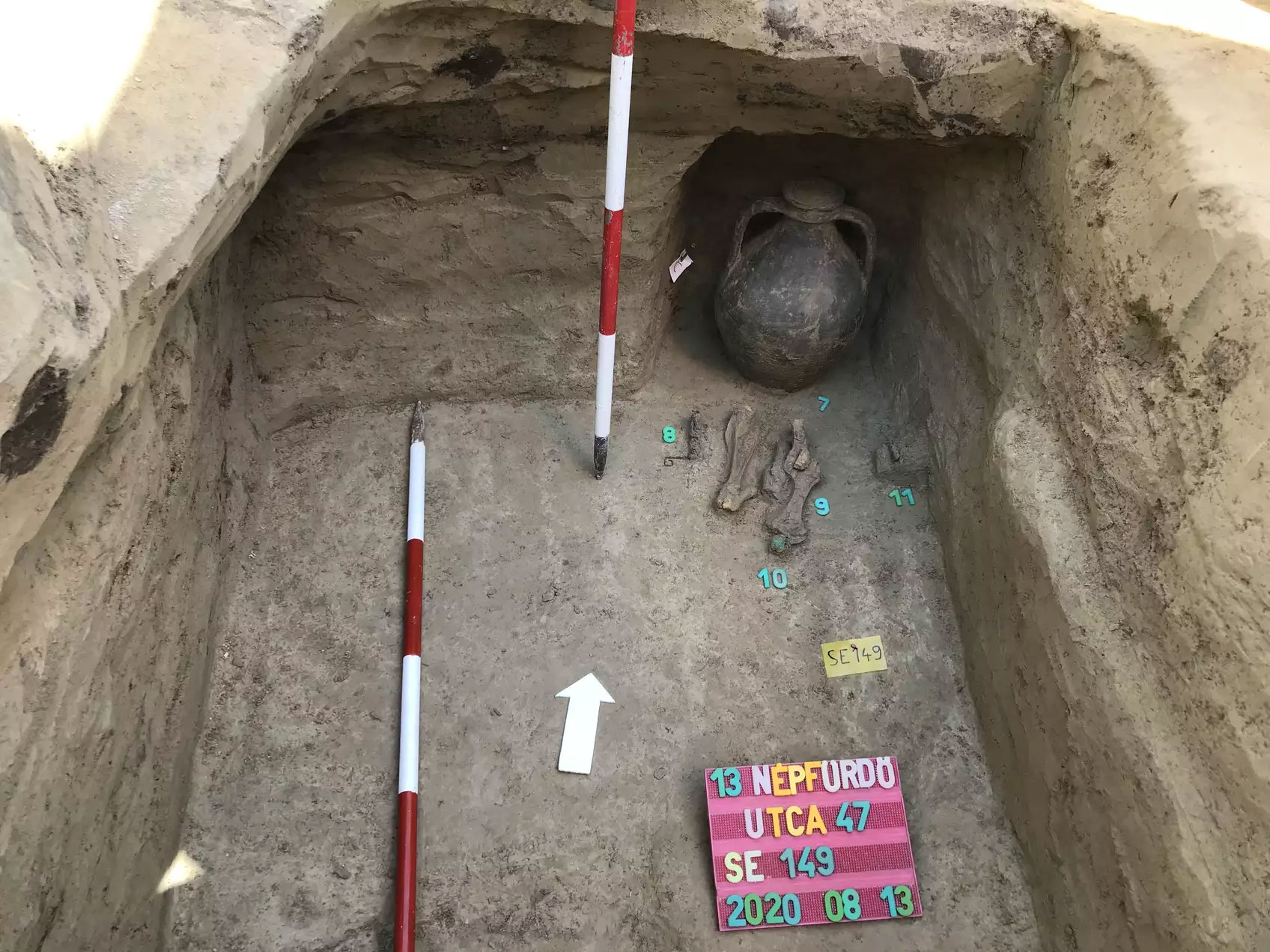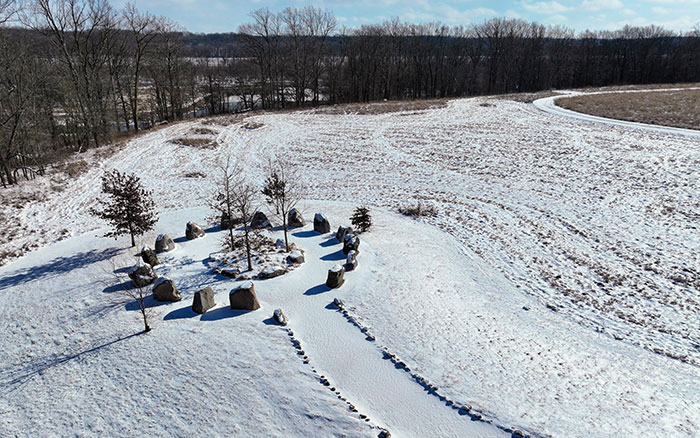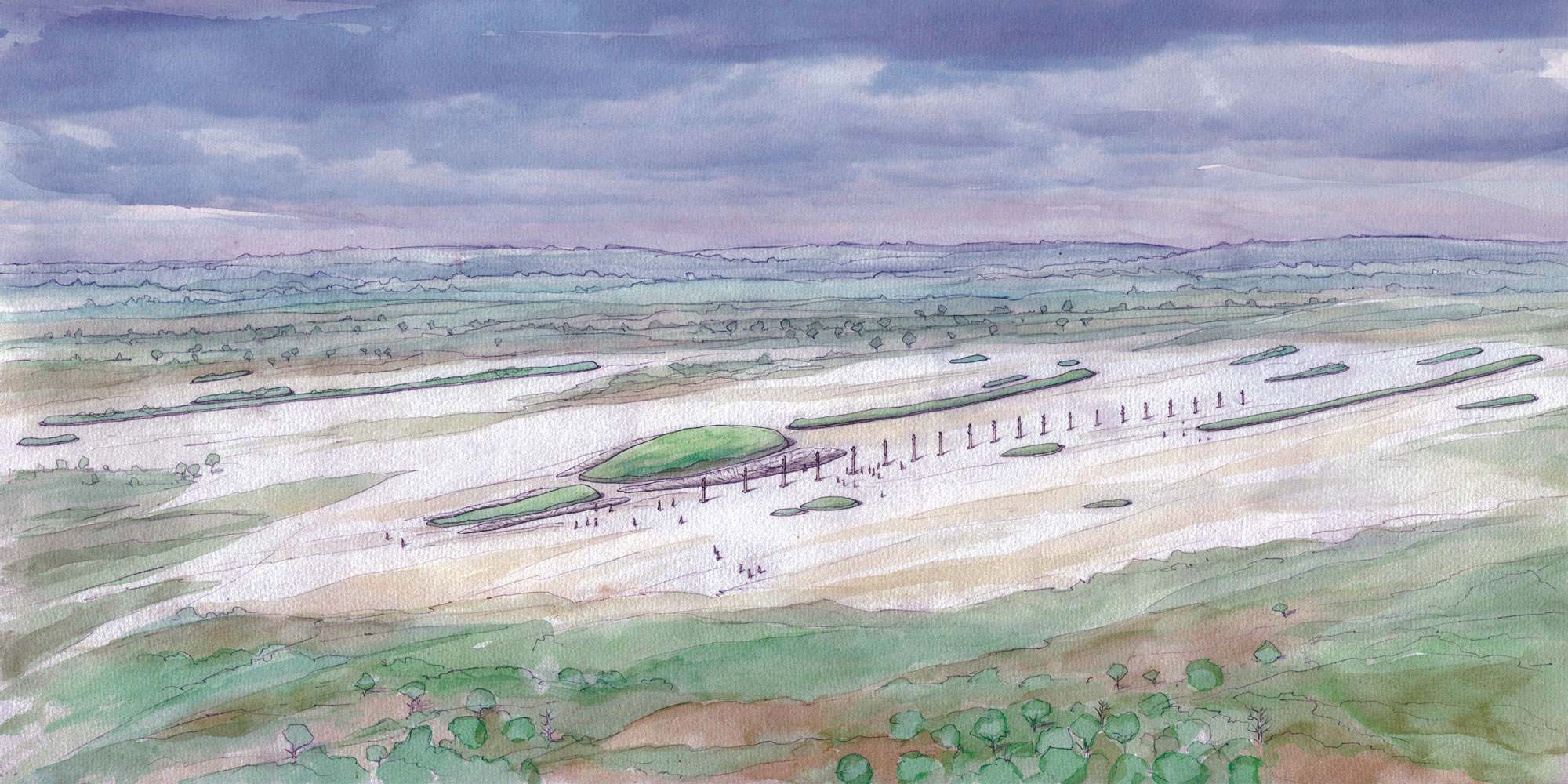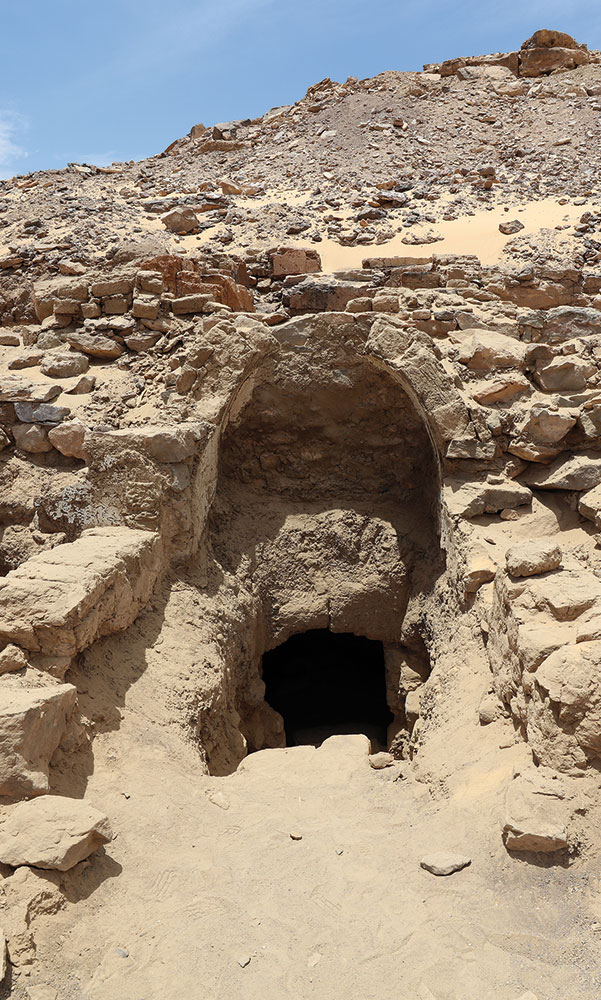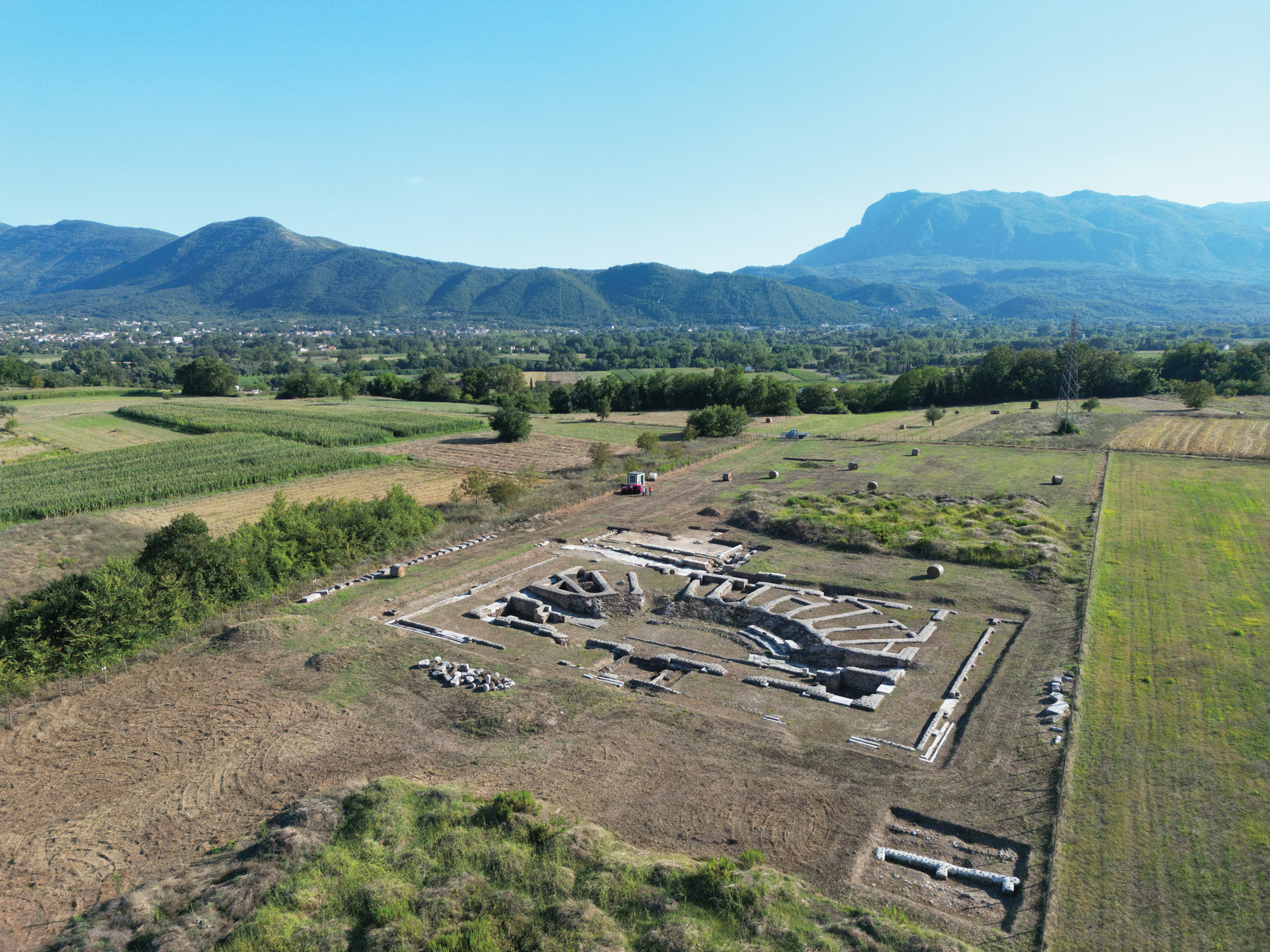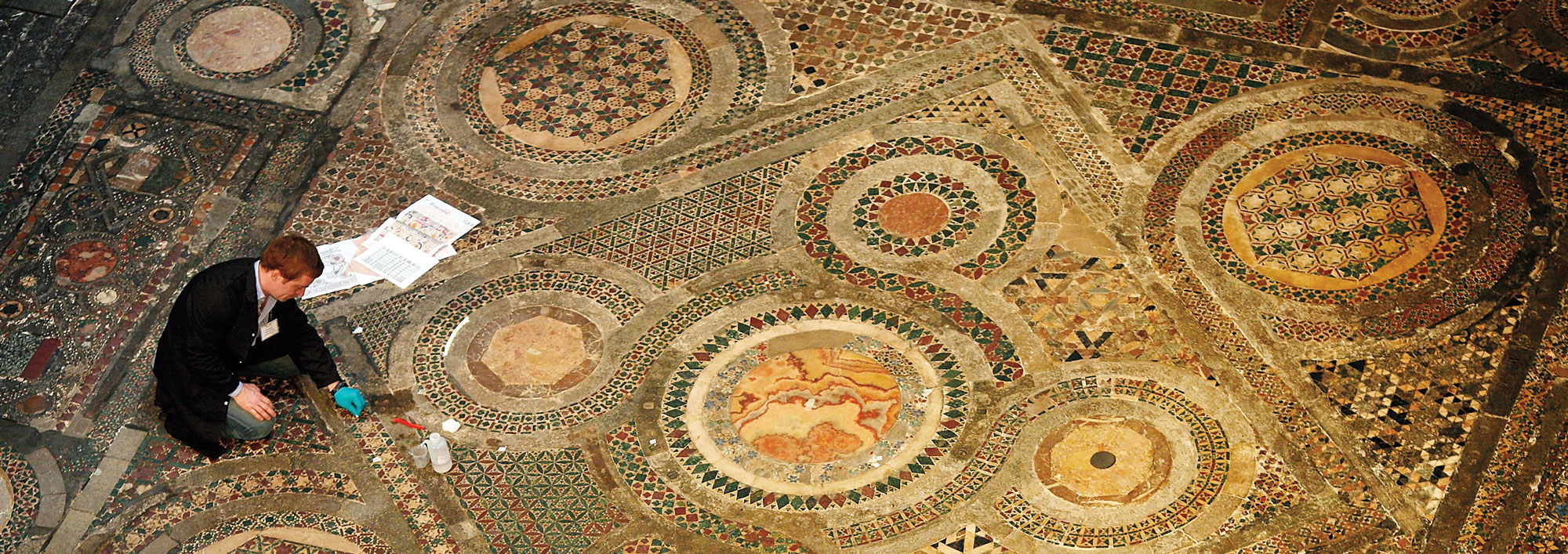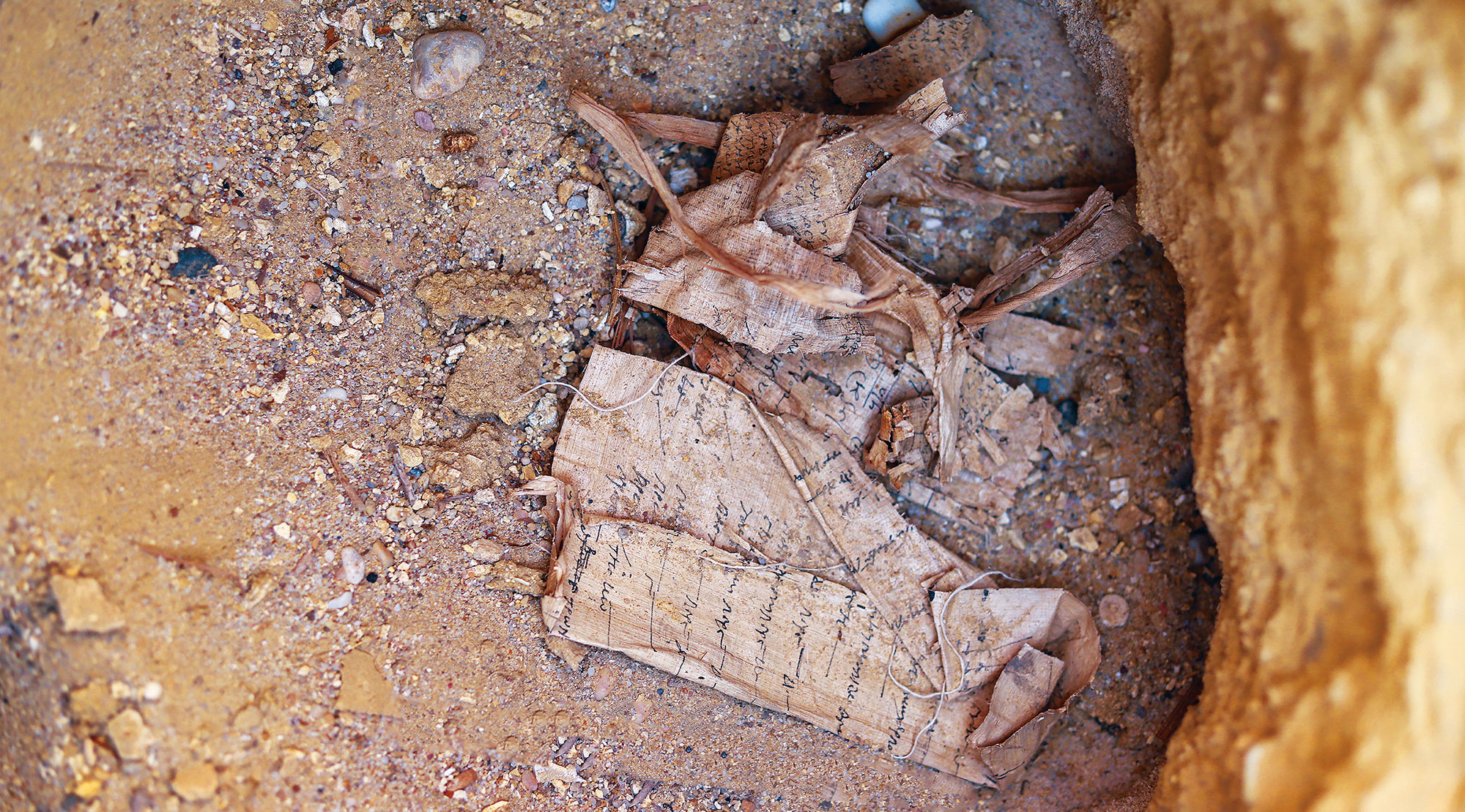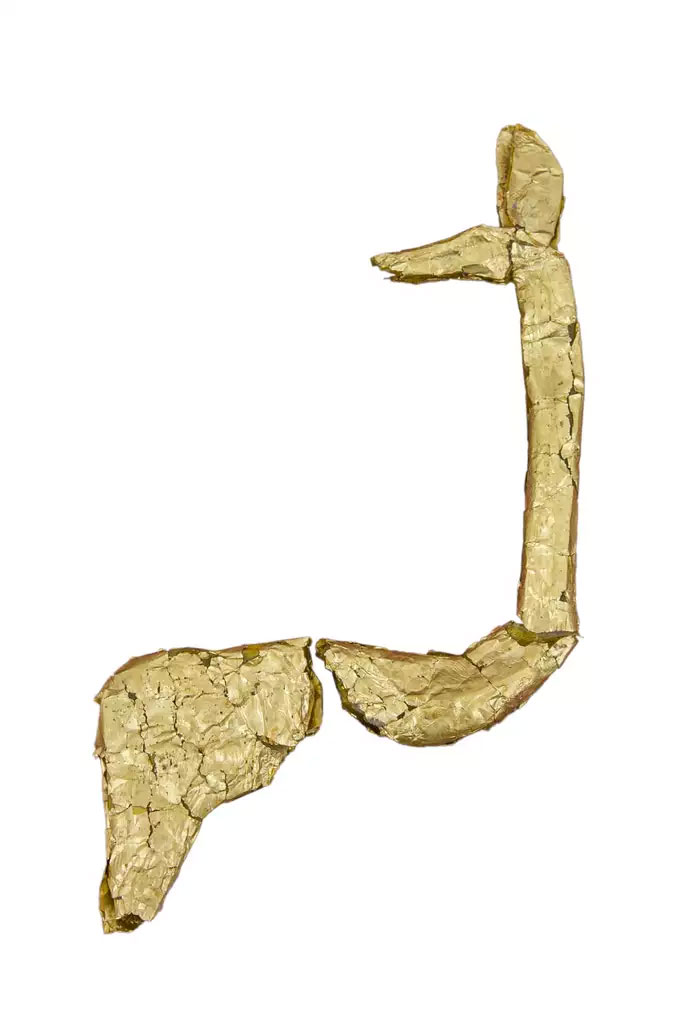
LEIPZIG, GERMANY—In the 370s a.d., enigmatic nomadic warriors known as the Huns emerged in Europe from the Black Sea region and caused havoc, including helping to topple the Western Roman Empire. It has long been theorized that they may have descended from the Xiongnu Empire, a powerful nomadic group who inhabited the Mongolian Steppe centuries earlier, but exactly who the Huns were and where they came from has remained a mystery for centuries. According to a statement issued by the Max Planck Society, a recent study has revealed new clues about their genetic makeup. The research analyzed the DNA of 370 individuals who were buried between the second century b.c. and the sixth century a.d. at numerous sites across the Mongolian Steppe, Central Asia, and the Carpathian Basin. While the research indicates that some individuals could directly trace their lineage to the Xiongnu, this was an outlier and there were not significant amounts of East Asian genetic signatures. Instead, the study suggests that the Huns in Europe were a diverse genetic group and that they probably did not arrive as a single migrating population, but as a mixture of different people. “The study underscores how cutting-edge genetic research, in combination with careful exploration of the archaeological and historical context, can resolve centuries-old debates about the composition and origin of past populations,” said Johannes Krause, director of the Department of Archaeogenetics at the Max Planck Institute for Evolutionary Anthropology. Read the original scholarly article about this research in Proceedings of the National Academy of Sciences. To read more about the Xiongnu Empire, go to "Tomb of the Silver Dragons," one of ARCHAEOLOGY's Top 10 Discoveries of 2019.


